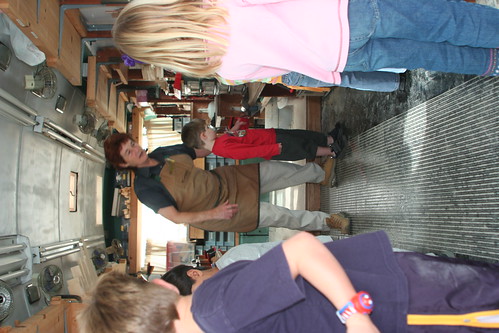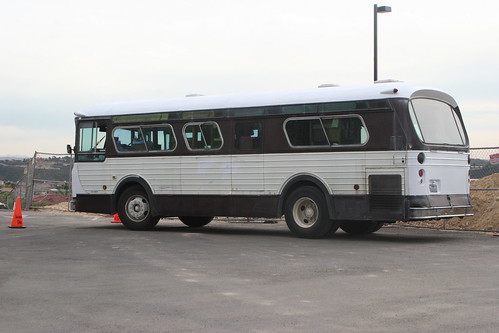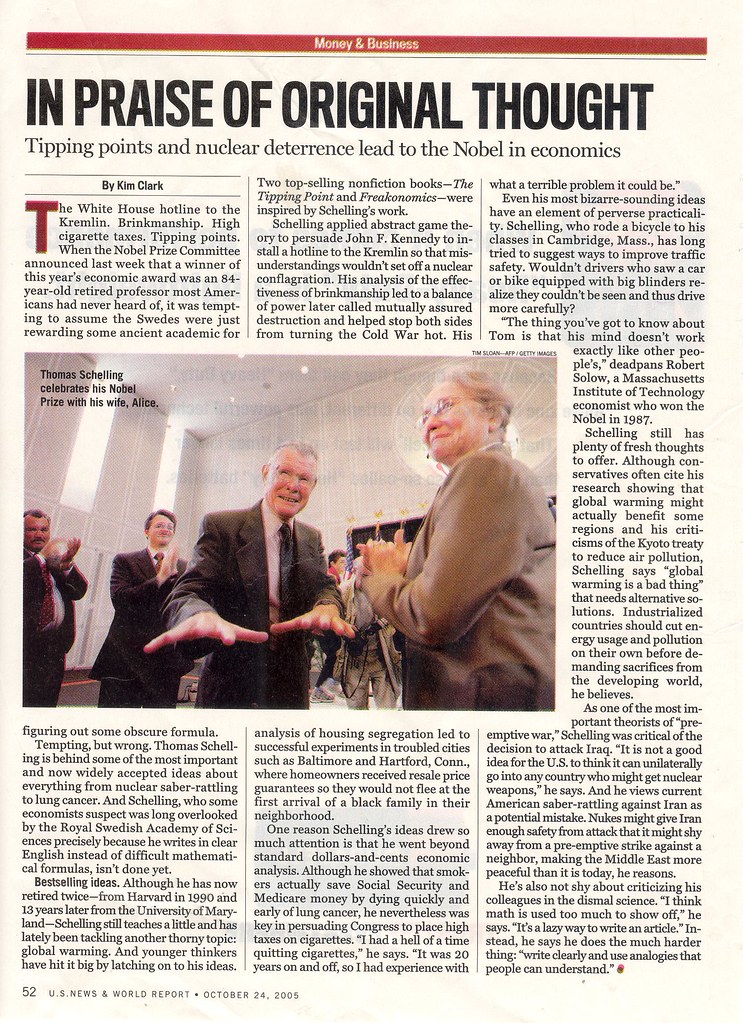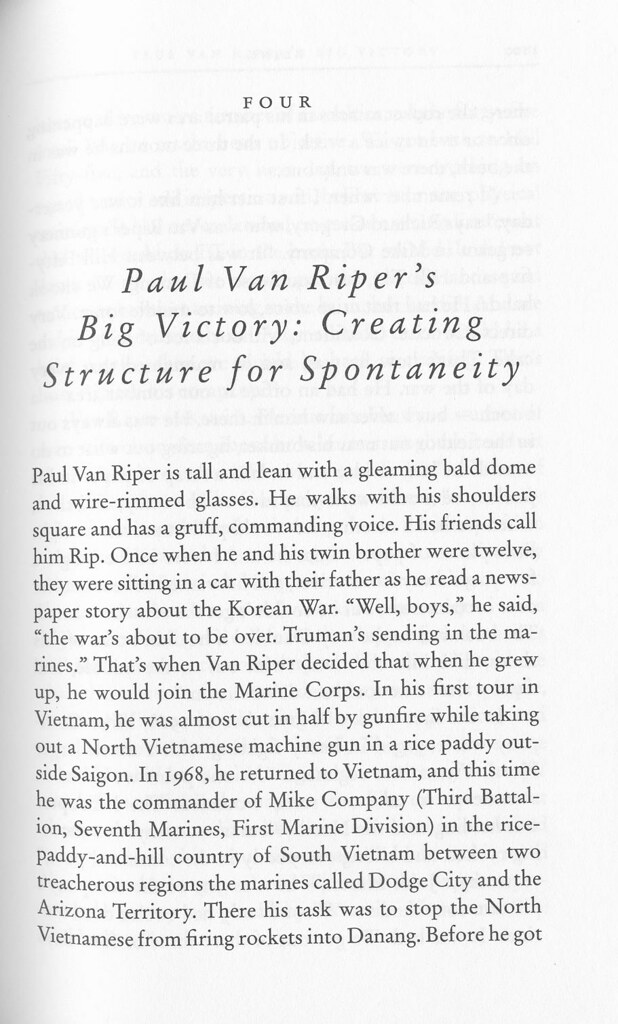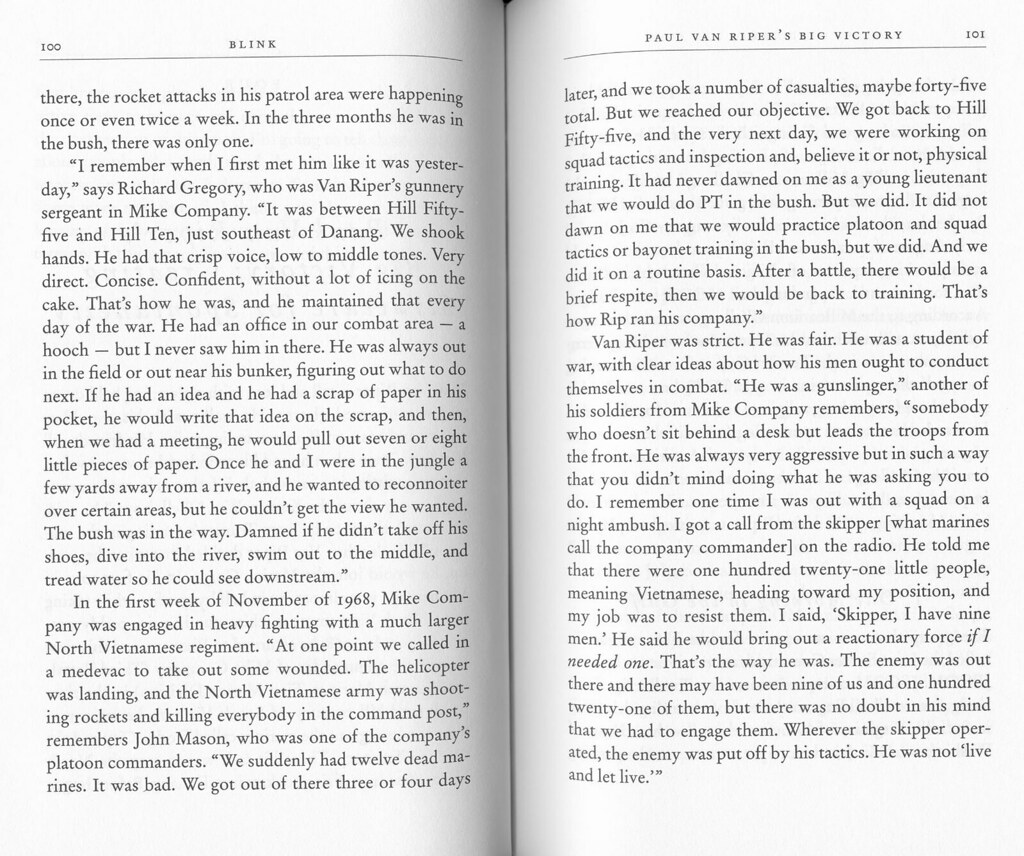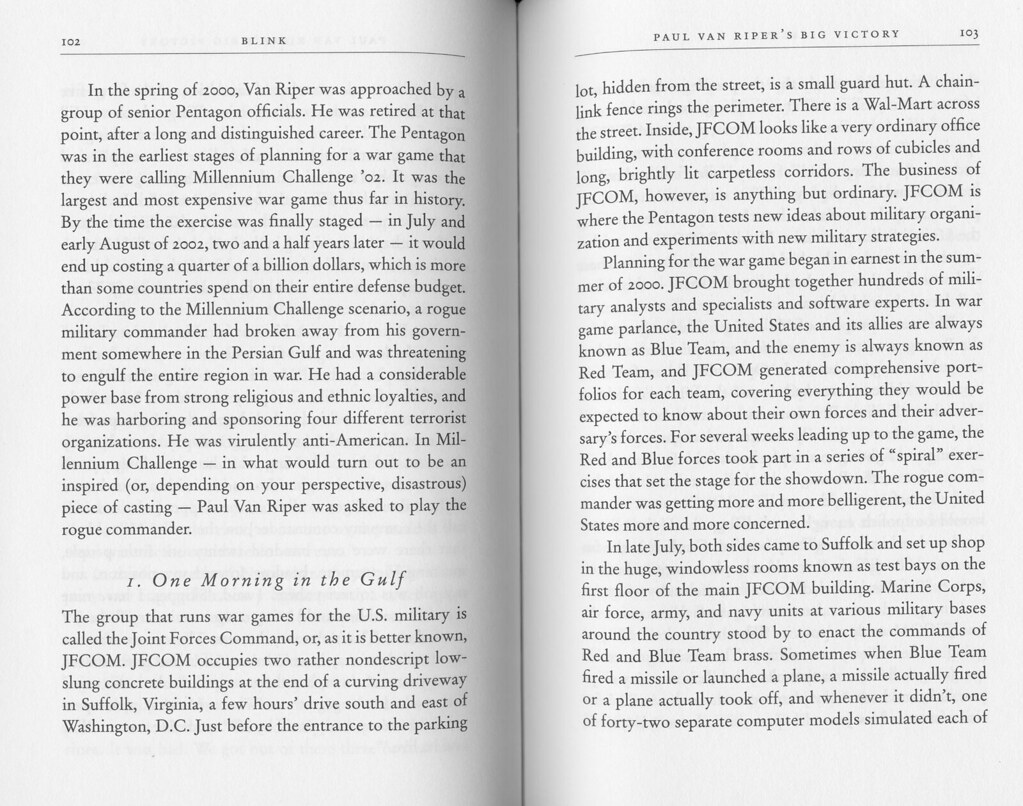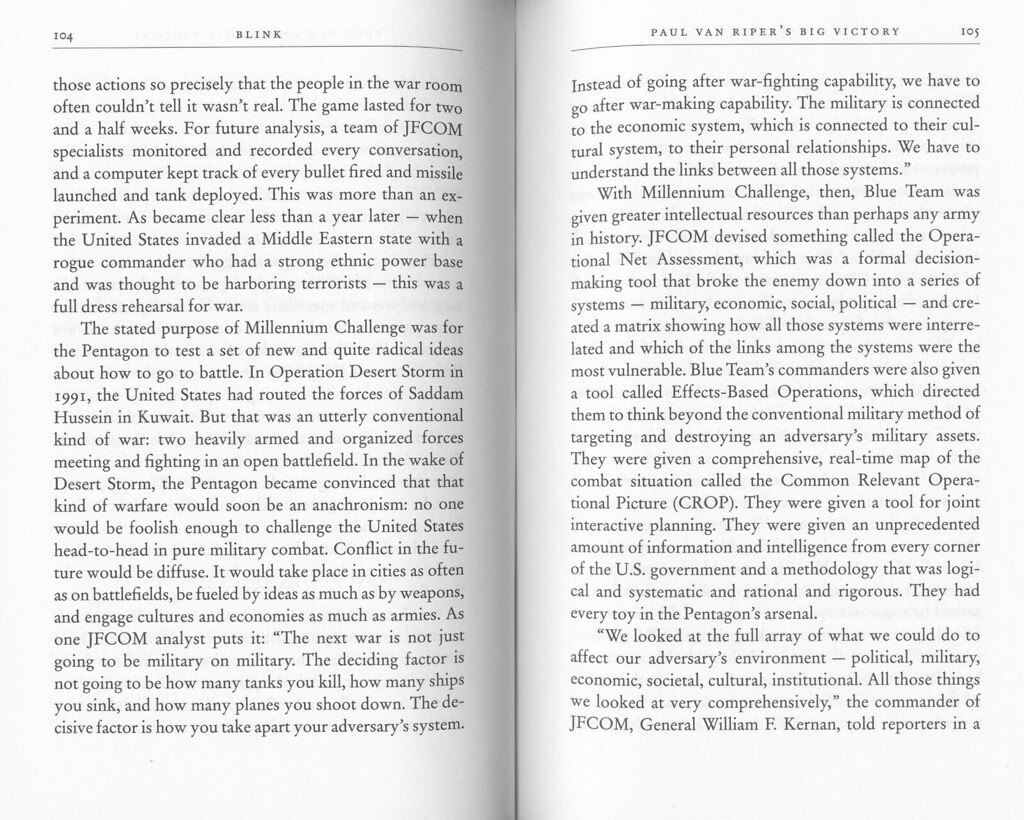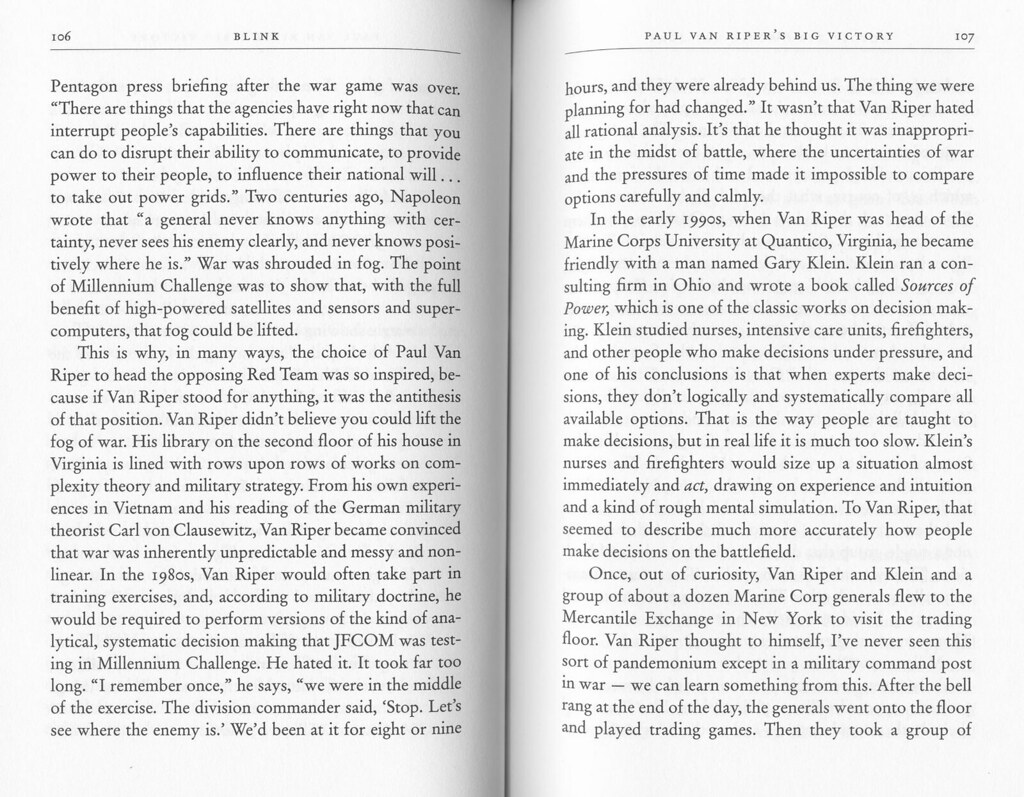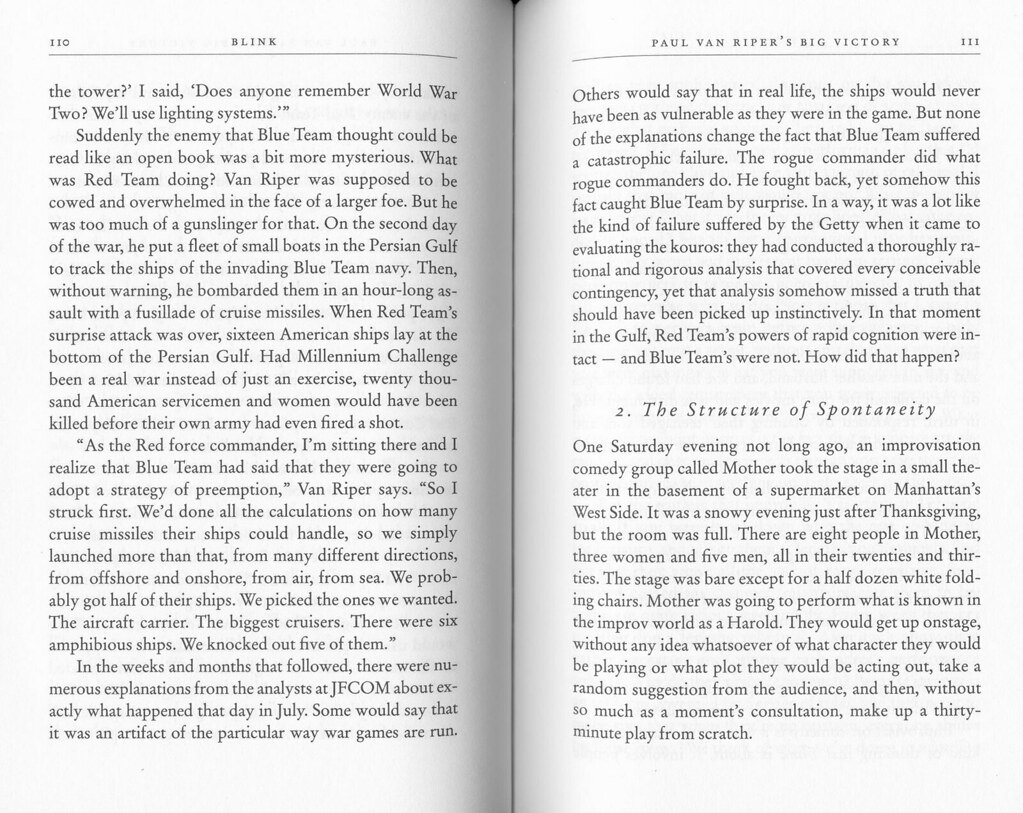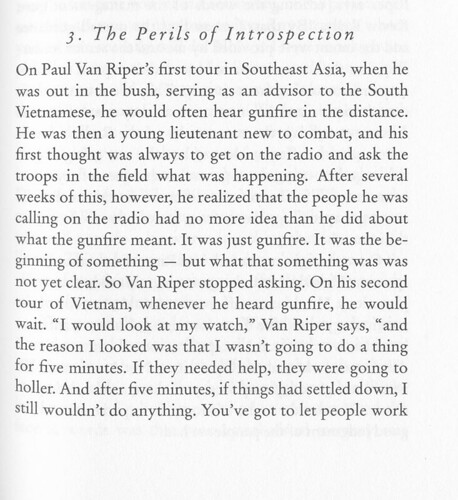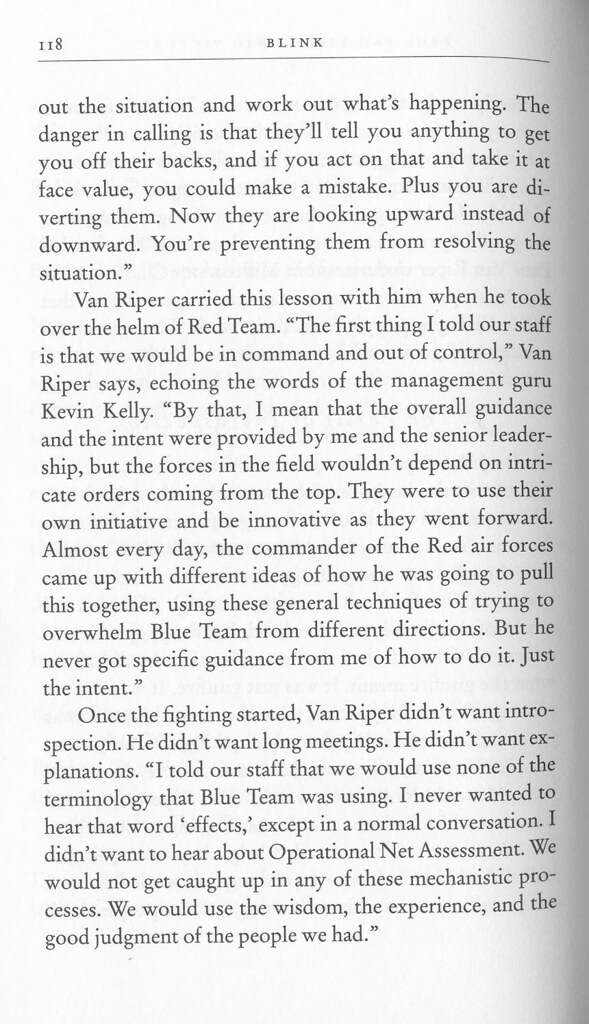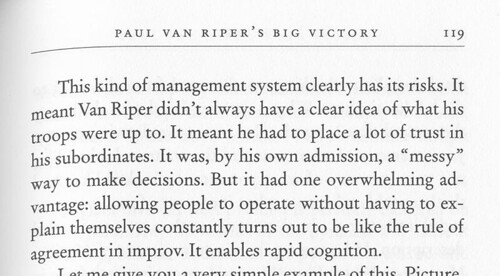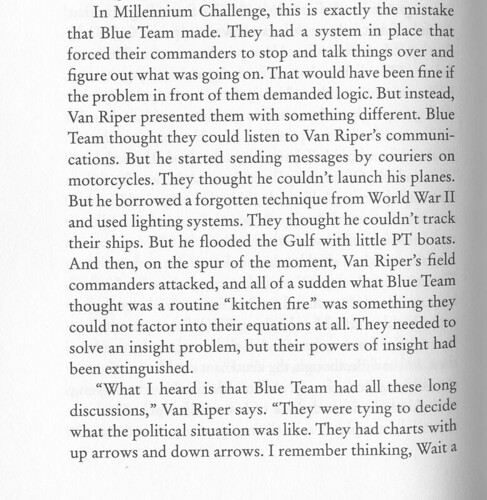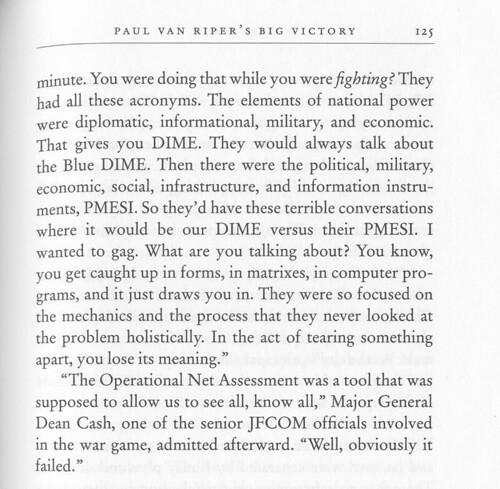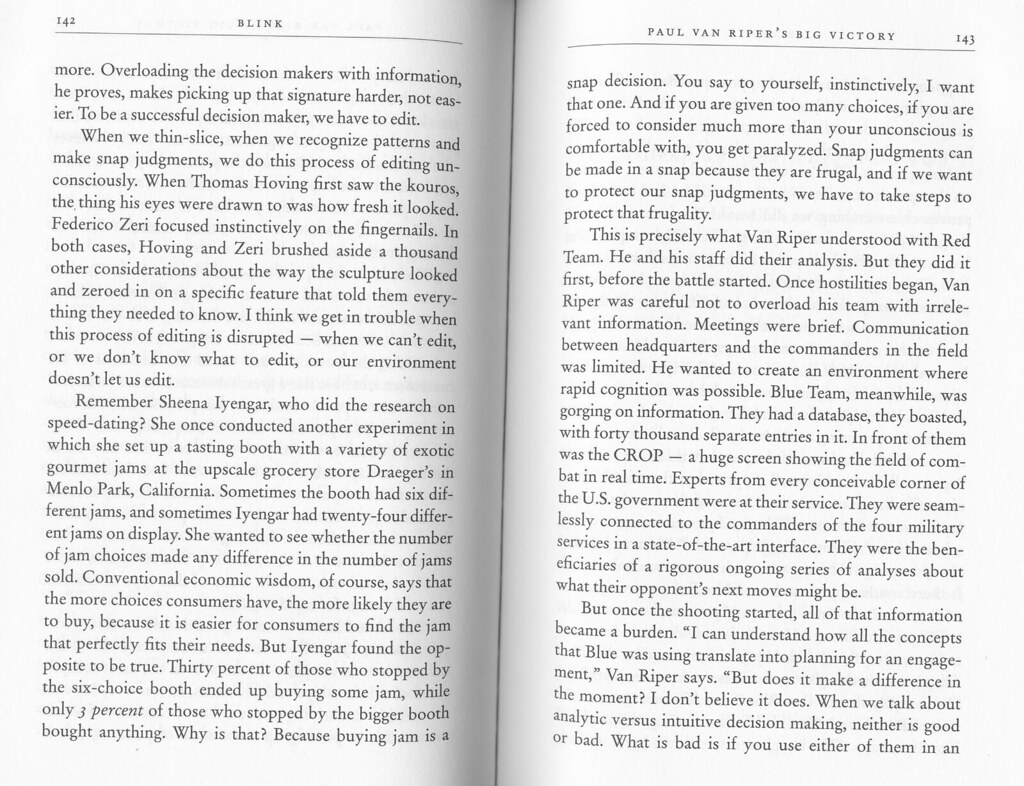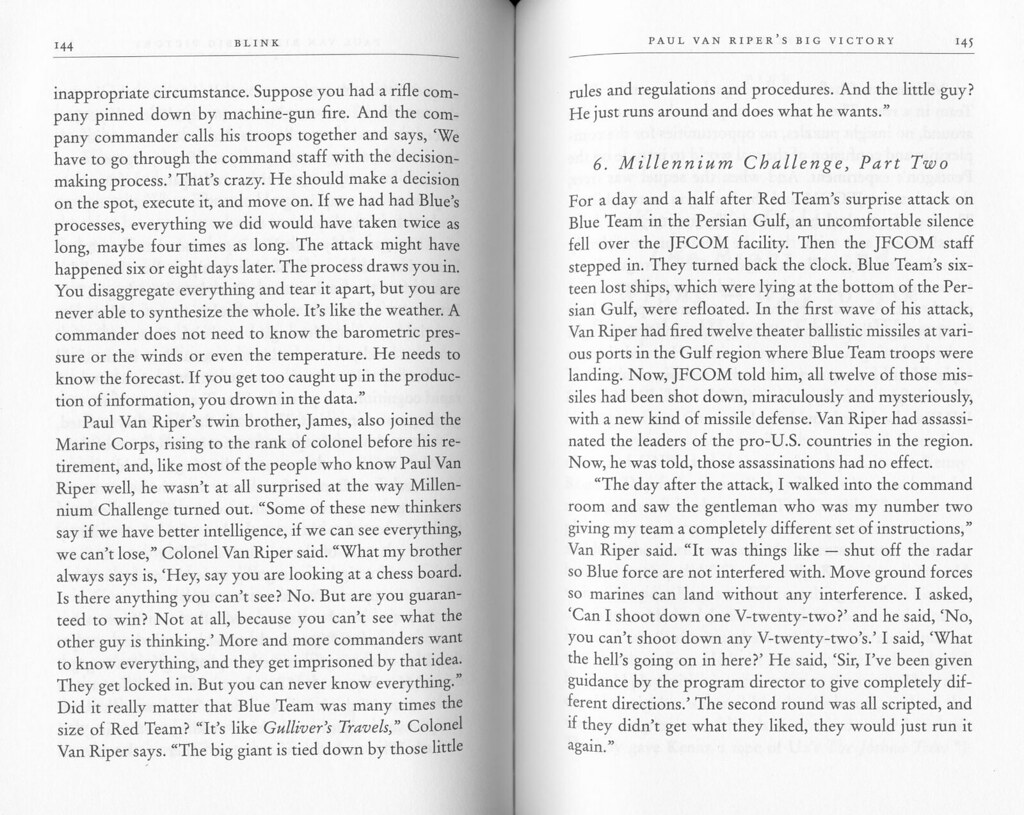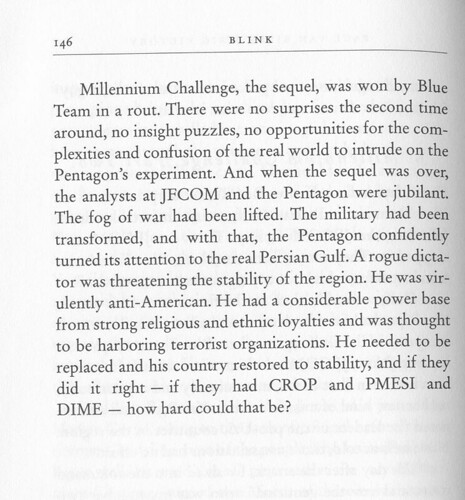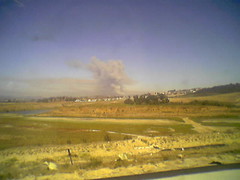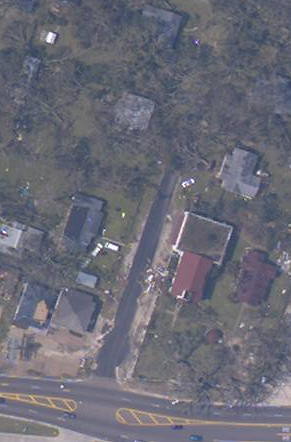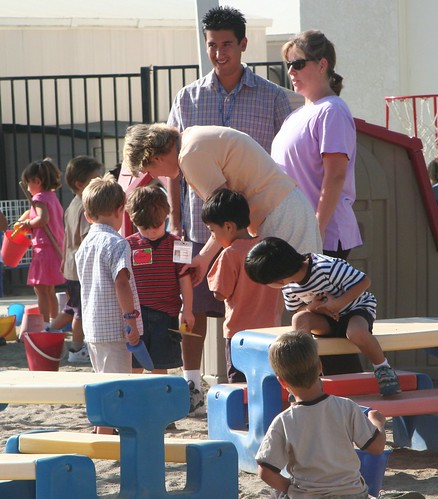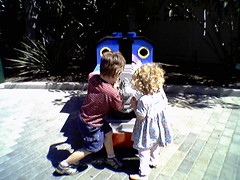If you're not familiar with my D&D/Everquest/RPG character Trueflight, then this post may not make a whole lot of sense. If you're familiar with the game or fan fiction in general then this is just more Trueflight RP. Hope you enjoy!
-=-=-=-=-=-=-=-=-=-=-=-=-=-=-=-=-=-=-
They had the best table in the Heartwood Tavern. It was near the door, but out of the way of the draft. Despite the crowd, most of the Kelethin natives gave the table a wide berth. No one stood within two strides of the elf and the human seated there.
“Thank you for meeting with me, Trueflight” the young man said sincerely. He pulled his chair in closer to the table then glanced around, admiring the workmanship of the tavern interior.
“You’re quite welcome,” answered the elf. “You mentioned you wanted to talk about blacksmithing. You know I wrote a book on the subject. But, I can’t think of anything that I could tell you that wasn’t already in it.” Her arms were casually crossed, elbows leaning on the richly varnished table. The plain linen shirt was speckled with spark marks. Her hair, cut short, stood up in a series of reddish cowlicks.
“Well, to be honest, the reason I’m here is not exactly for a recipe, or for a process, or anything like that. I’ve read your book. I had it translated. It took some doing. Everyone wants elvish poetry. Try getting some nonfiction translated and everyone acts like it’s torture.”
“It was torture to write. It should be torture to read,” Trueflight answered, snapping off the cork from her bottle with her thumb. The human visitor watched her pour a glass, realizing the stories about her strength must be true. It usually took a heavy tool to wrench the cork from a bottle of elven wine.
“Want yours opened too?” she said politely, nodding towards the bottle that had been placed down in front of him earlier.
“Sure. Thanks. I guess they forgot the corkscrew.”
“They do that on purpose to confound the humans. By the way, you might not want to drink it all. The Heartwood doesn’t exactly follow the purity laws for Kelethin brewers. It’s about twice as strong as what others serve, but that’s not the issue. You look like you can handle a drink. The problem is that they don’t filter the water first.”
“Oh, thanks for the tip.”
She poured him a full glass and then set the bottle down in the center of the table.
“So, you don’t want to know about blacksmithing recipes. You don’t want to know about forging processes. What exactly is it that you want to know?”
“How did you lose your leg, and why did you decide to replace it with a piece of metal?”
Trueflight looked at the human and rubbed her chin.
“I won’t answer the first question. But I can answer the second.”
“Ok, fair enough.” He leaned forward, excited to hear the story from the source herself. A story that had not, to his knowledge, either been told or found out by anyone else.
“The adventuring life is a dangerous one. You yourself have several scars,” Trueflight began. “There’s one on your neck, another on your arm.”
“Yes, that’s true,” he answered, recalling the origins of both with gritted teeth. He rubbed the scar on his forearm with his thumb.
“Well, you can imagine that if you adventure enough, and if you take risks, that you will fall prey to some opponents that will best you. Normally my race restores limbs through the powers of our healers. It’s an area of study that offers great reward in terms of wealth as well as reputation.”
She paused to drink. He decided to try a sip. It was delicious. Whatever unfiltered substances were in the water, at that moment, he didn’t care about one bit.
“It’s good, no? Anyway, there came a time where I lost my left foot, ankle, and lower leg. I knew from previous study that the phase spiders could attach armor plating to themselves with a particular substance. This allowed the extra armor, regardless of origin, to bond to their ethereal form. Otherwise, the plating wouldn’t make the jump when the phase spiders phase in and out. This armor, or carapace, could be removed only upon the death of the spider. Most of the rest of the body would disintegrate.”
“Phase spiders. They’re rumored to be found in the necropolis of the dragon.”
“Yes, my friend. That is where they are found,” Trueflight confirmed.
“The armor plating, a carapace, was from the material plane, and not the plane of the phase spider. Traditionally, it was assumed that there was some sort of magical adhesion at work. However, I examined many of the carapaces recovered from the necropolis. There was no aura of magic, other than what had been cast upon the spider to kill it. There was only a particular type of phase spider silk.”
“Ah,” the visitor said, his enthusiasm hard to contain, “The spiders put it upon themselves with their own silk?”
“Yes,” Trueflight smiled, “That seemed to be what they had done. However, it had to be confirmed. And that took some patience, some luck, and almost two years of observing the phase spider in the wild.”
“So that is indeed what they do?”
“Yes. There are some things that must be done to the phase spider silk in order to make it work well with human skin, but the bonding worked perfectly on the third try.”
She moved her left leg out from under the table and lifted up the cuff of her pant leg. A ripple of whispers arose from the crowd. Several patrons stared with unmasked curiosity. Most, if not all of them, had never seen a maimed elf. Hardly any would ever see one again.
“This is a band of mithril. It’s three inches wide, a half inch think, and about two feet long. It’s curved like a lower leg and foot. The mithril sheet it was made from was folded over 500 times to give it a very springy and uniform quality. I can’t afford to have this metal fail.”
The metal seemed to grow out of her leg and then curve gracefully to the floor. It seemed to be undecorated, except for the very tip where the toes would have been. A filigreed triangular pattern could be seen gleaming in the light.
“What’s that design on the end?”
“Oh that. It’s a surprise,” she answered.
“And you didn’t write a book about all this, by any chance, did you?”
Trueflight pondered for a moment. She dropped the pant leg back down and swung both legs back under the table.
“I don’t rightly remember when the reports were filed. I’m sure it’s with the Ranger Guild.”
“Well that would explain it,” the human said. “I haven’t been able to access the archives. I don’t have the correct certification, or standing, with the guild.”
Trueflight looked at him with a raised eyebrow and took another drink. “Well, all you have to do is prove yourself. How hard can that be?”
He laughed quietly. “Well, these scars aren’t the only ones I got in efforts to prove myself to elves. I am coming to the conclusion that it simply can’t be done.”
“Nonesense,” she answered. “We have many decorated humans within the ranks of the guild auxiliary. You just haven’t come across the right mentor.”
“And who might that be?” He demanded.
“If you ask me nicely, then it might happen more quickly than you think.”
“Oh,” he said, suddenly embarrassed. “But you hardly know me. I’m just a bard, looking for lore. I got involved with these legends on a dare. There are many more deserving.”
“But they’ve never had the gall to ask me how come I don’t get a real leg.”
“So, you admire my gall?” he preened.
“Don’t get ahead of yourself. Your gall might be delivered to you on a platter if you become too much of a smart ass.”
He decided to drink some wine instead of respond.
“Good choice,” she said, raising her glass. “Next stop, the guild hall. After that, it’s up to you.”

